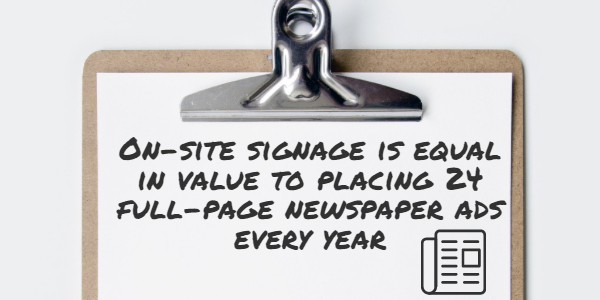Some of the most successful products owe their existence to branding. Without branding, cola drinks are just caramel and carbonated water, basketball shoes are just leather, rubber, and shoelaces, and a cell phone is just a motherboard and a cell transmitter. But place the names “Coca-Cola,” “Nike,” and “Apple” on those products and now there is a company image, philosophy, and reputation associated with those products. This is possible because these companies and many others focus on branding. But branding is not reserved for billion dollar corporations. Any company can build a brand through thoughtful promotion. Here are some basic elements to branding:
Branding is Shorthand
A business’s reputation and identity is conceptual. For example, a restaurant’s reputation and identity could be a kid friendly pizza restaurant with an arcade. Branding works hand in hand with reputation. Branding consists of the cues consumers use to associate the reputation and identity of a business with the business. For example, consumers know what to expect inside a building with the “golden arches” logo without stepping foot inside the building because of McDonald’s reputation. It was the branding, namely the “golden arches” logo, that was the shorthand for the customer to associate that building with a relatively inexpensive, family-friendly fast food restaurant.
Branding Can Take Many Forms
Branding is also described as the “look and feel” of a company’s interaction with consumers. Branding can arise from names, logos, colors, fonts, slogans, musical jingles, or even product configurations. For example, the “Microsoft” name, a “swoosh” logo, pink fiberglass insulation, the “golden arches,” the “Must see TV” slogan, the Farmer’s Insurance jingle, and chocolate candies with an “M” printed on it are all shorthand for the products and companies they represent. More importantly, they distinguish one company from another. The Microsoft name tells a consumer that a product or service came from Microsoft Corporation, and did not come from Samsung or Apple.
Brand Building Requires Consistent Use
To create and build a brand, the consumer must come to associate the branding with the company providing the goods and services. Working with printing companies to consistently and extensively use the branding is essential. Businesses will want printing companies to use the logo, name, colors, fonts, or any other element of the branding on all printed materials, whether those printing companies are responsible for brochure printing, business card printing, banner printing, or any other printing services. That branding should carry over into a business’s online presence and building signs. It is through consistent use that the branding builds and strengthens the connection between the branding and the business it represents.
Branding Should be Distinctive
If a business were a person, branding would be the person’s name, facial appearance, and clothing and hair style; branding is everything used to identify a company. For this reason, branding should be distinctive. Consumers need a hook that sticks in their memories to build the association between branding and the company it represents. Continuing with the analogy, suppose a blind date meeting you at the mall tells you he is of average height wearing a t-shirt and jeans. You have very little to distinguish the man you are supposed to meet from all the other men at the mall. Now, suppose you have a clothing shop at the mall with a sign that says “Women’s Clothing.” Once again, customers have very little to distinguish your shop from the other shops selling women’s clothing. A better option is to seek out printing companies that can print a sign with distinctive branding that customers can commit to memory. Amazingly, on-site signage is equal in value to placing 24 full-page newspaper ads every year.
Branding and Trademarks are Related
Trademarks are identifiers of source for goods or services. This is a legalistic way of saying that a distinctive part of a business’s branding can be so strongly associated with a business that the business is permitted to be the only business using that part of its branding. For example, Lexus is a unique and distinctive name. Because Lexus has become so strongly associated with one particular company, that company is the only company legally permitted to use the Lexus name. If any other car company uses the Lexus name, Lexus could take legal action to stop it.

